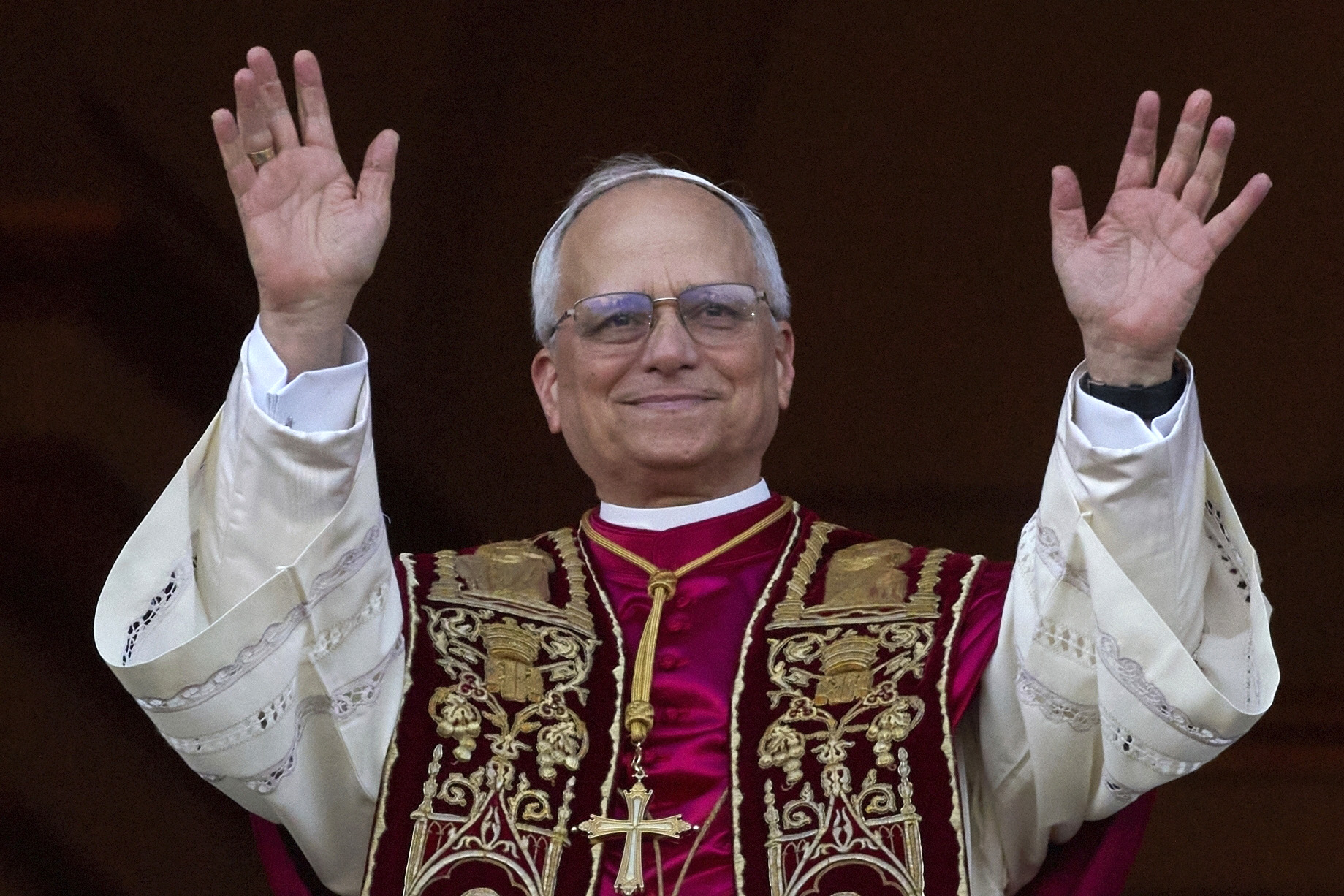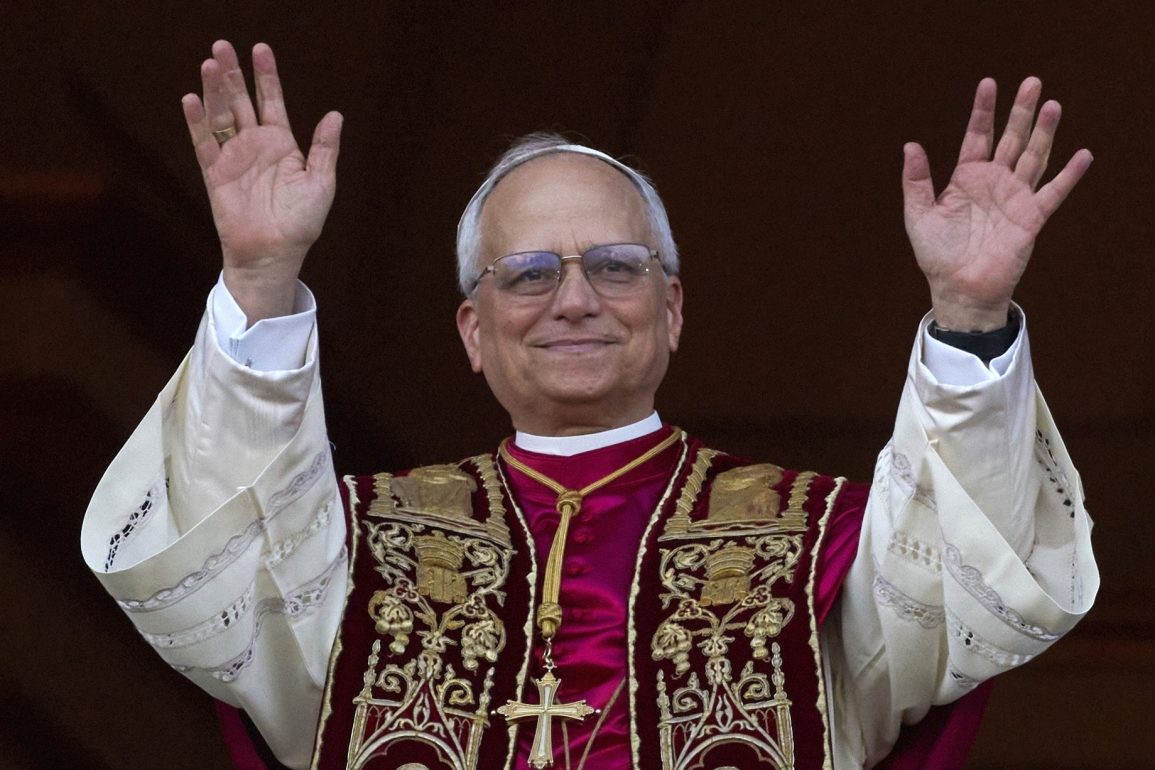
(RNS) — The Eucharist is supposed to be the sacrament of unity, but sadly liturgy still divides Catholics, especially when it comes to the Traditional Latin Mass (TLM). Is compromise possible that can respect both unity and diversity in the church?
After the Second Vatican Council, the liturgy was translated from Latin into the vernacular so ordinary people could understand and participate more fully in the worship of the church.
Ironically, this is the same reason the liturgy in Rome was translated in the late second century into Latin from Greek, the language of the New Testament and the earliest Gentile Christians. While the elites spoke Greek, the common people only knew Latin.
The change was controversial and was one of the issues in the third century dividing the followers of Pope Callixtus, who favored Latin, and the Antipope Hippolytus, who favored Greek.
After Vatican II, most priests and people embraced the new liturgy, but a few did not. For pastoral reasons, the church allowed limited celebration of the old liturgy, especially for the elderly.
Reformers thought that the support for the old liturgy would fade away, and they were mostly right. Today, only 3 percent of American Catholics attend a Traditional Latin Mass once a month or more, according to the Pew Research Center. But this small minority is well organized and very loud.
For a few Catholics, the TLM provided an atmosphere and structure that assisted their experience of mystery and worship. The TLM also attracted fringe Catholics who rejected the Second Vatican Council. At its extreme, it even devolved into a schism led by Archbishop Marcel Lefebvre.
Pope John Paul II and Pope Benedict did everything they could to appease Lefebvre and heal the schism. Pope Benedict even made the celebration of the TLM more common by allowing any priest to say the old Mass, even if his bishop objected. Benedict had no problem with the TLM existing side by side with the new liturgy, which was not the position of Paul VI and John Paul II.
Unlike Pope Benedict, Pope Francis had no love for the Traditional Latin Mass, and he reversed Benedict’s policy of allowing priests to celebrate it whenever they wanted. Francis returned that authority to the diocesan bishop.
Francis did not like the way TLM communities were used to foment opposition to Vatican II and his papacy. He wanted the TLM removed from parishes and exiled to non-parish chapels. Nor did he want anyone ordained who preferred the TLM to the new liturgy. His contempt for priests who loved to dress up in expensive silk and lace vestments was not hidden.
Traditionalists were not the only ones unhappy with the post-Vatican II liturgy. For liturgists, a translation was only the first step in reform. They wanted new texts and ceremonies adapting the liturgy to different cultures, but all innovation was stopped during the papacies of John Paul II and Benedict XVI. Experimentation was condemned.
Reformers were deeply disappointed by the Vatican’s rejection of the 1998 translation of the liturgy by the International Commission on English in the Liturgy and its replacement by the clunky translation in use today. The ICEL translation was the product of many experts working for years. It was approved by English-speaking bishops’ conferences around the world but rejected by one German-speaking cardinal in Rome, Joseph Ratzinger.
Pope Francis showed no interest in liturgical reform. His 2014 appointment of traditionalist Cardinal Robert Sarah as head of the Congregation for Divine Worship was a disaster and killed any chance for reform. He did, however, approve the recommendation of the 2019 Synod on the Amazon for greater inculturation of the liturgy.
With the election of Pope Leo, traditionalists are now hoping for a return to the liturgical policies of Pope Benedict. They were encouraged by Leo’s first appearance on the balcony of St. Peter’s, where he was dressed in the more formal stole and mozzetta reminiscent of Benedict.
The basic approach to the TLM after Vatican II was correct: It should be discouraged, but with a pastoral sensitivity to those who love it.
The best person to do that is the local bishop, who should know the pastoral needs of his diocese. It is important that bishops follow a strategy that respects pious adherents while disempowering ideologues who disrupt the church.
For example, a bishop might allow a TLM in a parish once a month if the attendees agree to go to the regular parish Masses on the other Sundays. Refusal to attend the regular parish Masses would be evidence of a denial of the legitimacy of the liturgical reforms of Vatican II. The bishop would set the conditions for the parish TLM and permit it only for parishioners who are not divisive troublemakers.
While it can be argued that Hebrew and Greek are sacred languages since they are the languages of Scripture, there is nothing sacred about Latin. I hope that the TLM will eventually disappear, but forcing the issue can be counterproductive, pushing the pious into the arms of the ideologues.
Ultimately, parishes must do a better job with their regular liturgies so people will want to go to them rather than the Traditional Latin Mass. Parishioners also need to be better educated on the meaning of the Eucharist.
As a supporter of liturgical reform, I am willing to compromise with traditionalists for the sake of church unity. I hope they would feel the same toward reformers, for example, by allowing them to use the 1998 ICEL translation of the liturgy. Is such a compromise possible?








